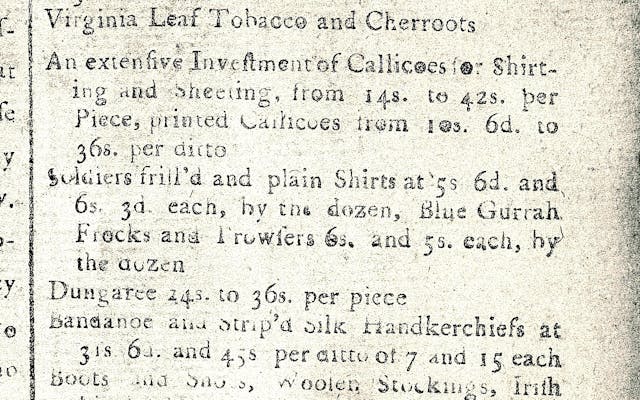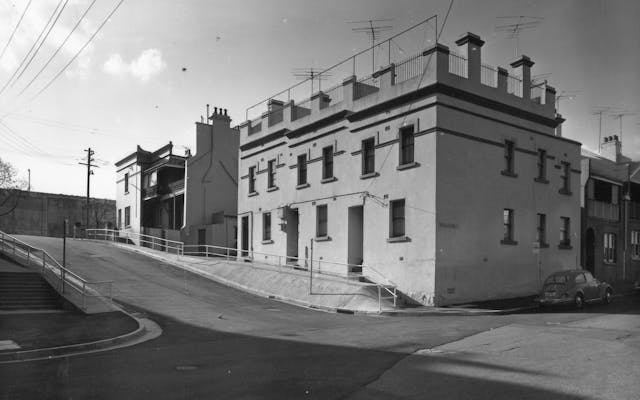In November 1796, a ship set sail from Calcutta, headed for Sydney with a cargo of rum, sugar, tobacco, salted meat, Chinese ceramics and tea, barrels of tar, casks of vinegar, footwear, soap, candles and textiles, a musical organ and a horse buggy. It was called the Sydney Cove, but it never made it to its destination.
By February 1797, it was taking on water and was forced to seek refuge at Preservation Island in Bass Strait. A longboat was repaired and seventeen men set off for Sydney, but their boat became wrecked on the Ninety Mile Beach on the southern coast of the mainland and so they set off to walk overland to Sydney. Eventually, three men made it, and Governor Hunter sent out two ships, a schooner Francis and a sloop Eliza to rescue the crew and the cargo. Eliza was lost at sea, but the Francis made several successful trips.
Soon everyone in Sydney knew that there was rum to be had down south in Bass Strait, and after several unsuccessful attempts by escaped convicts to get to the island and the alcohol, the governor decided to purchase the remaining cargo for sale through the government stores. Several starving convicts were later discovered on an island - the wrong one - in Bass Strait. George Bass found the starving convicts on an island close to Wilson’s Promontory. They had not quite made it to the free rum supply. Matthew Flinders, on one of the rescue voyages of the Francis, mapped the area and located seal colonies. Robert Campbell later exploited these and made seal skins Australia’s first export.
When news of the wreck of the Sydney Cove reached Calcutta, its owners Campbell Clarke & Co dispatched one of their younger associates, Robert Campbell, to wind up the affairs of this disastrous voyage. He arrived in Sydney on 10 June 1798, and liked what he saw. He purchased a lease of a waterside house and property on The Rocks side of Sydney Cove and returned to Calcutta to convince the firm that Sydney was a place worth trading into. Campbell came back to Sydney in 1800, and in the following years built wharves, warehouses and a house on the waterfront. Campbell’s warehouses, dating from the 1840s, remain here at the place known as Campbell’s Cove.
Back in 1797, Chinese ceramics salvaged from the cargo sold in Sydney for a high price, partly because tableware was in short supply, but partly because of their souvenir value. In the 1980s and 1990s archaeological investigation of the wreck of the Sydney Cove recovered some unbroken plates and other crockery, some of the oldest known Chinese ceramics in the country. Similar items are commonly found on archaeological sites in The Rocks dating before the 1830s, evidence of the continued trade with China.












